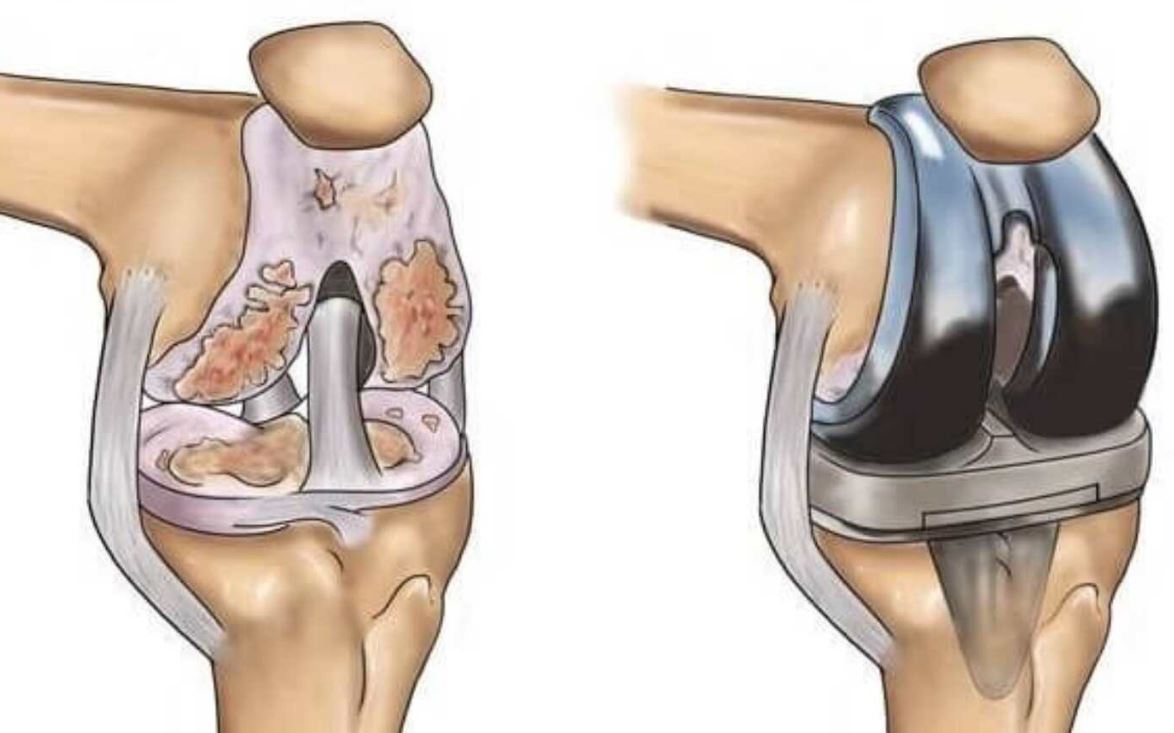
Metal Allergy and Sensitivity
Metal sensitivity is typically higher in patients with knee arthroplasty. It is advisable for patients with a history of metal allergy to undergo thorough examination through both dermatological and laboratory testing before undergoing surgery. Currently, the patch test is the most commonly used method to diagnose metal hypersensitivity or reactions, despite its limitations.
Octogenarians or older individuals often suffer from the degenerative disorder of osteoarthritis, which occurs more frequently with age and increased obesity. The etiology of osteoarthritis involves a multifactorial interplay of mechanical and biological causes. Surgical therapy is required in cases of advanced osteoarthritis as a coping mechanism.
Research indicates that 10% to 15% of patients experience dermatologic symptoms due to metal hypersensitivity, with nickel being responsible for the majority of cases. Cobalt, chromium, beryllium, tantalum, titanium, and vanadium are also associated with dermal symptomatology.
Arthroplasty
Several factors lead to the degeneration of joints. Due to those degenerative joint diseases, there is a loss of the cartilage or cushion in the joints and thus an arthroplasty is prescribed. Osteoarthritis is one of the common reasons for arthroplasty. It is a surgical procedure to restore the function of a joint performed by resurfacing the bones. An artificial joint called a prosthesis may also be used.
Newer Prosthetics and metal allergy
Newer prosthetics and implants are being developed with the aim of minimizing the risk of metal allergies. For example, some manufacturers are using materials such as zirconium, ceramic, and polyethylene to create implants that are less likely to trigger an allergic response.
Symptoms
Symptoms of a reaction to metal implants can range from pain and cutaneous dermatitis to aseptic loosening of the arthroplasty.
Symptoms like rashes, swelling, or pain due to contact with certain metals can also be witnessed in cases of metal hypersensitivity and allergy. Apart from the topical reactions, metal hypersensitivity can also result in chronic conditions such as fibromyalgia and chronic fatigue syndrome.
Causes
Whenever the immune system of a host body starts targeting foreign metal ions as threats it results in metal hypersensitivity. Normally, the cells kill foreign bacteria and viruses by causing inflammation. When the same cells start attacking metal ions that are implanted in you, metal hypersensitivity symptoms start showing up.
Metal allergies are very common in everyday life. Watches, coins, and jewellery usually act as metal allergy triggers.
Apart from the aforementioned complications, these are the following conditions linked to metal hypersensitivity:
1. chronic fatigue
syndrome
2. eczema
3. fibromyalgia
4. osteomyelitis
5. rheumatoid arthritis
Treatment
Treatment of metal hypersensitivity is largely individualised. The treatment process depends upon the allergens and their reactions. Topical dermatitis metal sensitivity can be resolved by avoiding the metals that cause the reaction. Application of corticosteroid creams and ointments can be prescribed to reduce allergy reactions. However, reactions caused by implants are more difficult to resolve.

Dr C.S. Yadav is the Head of the Department of Orthopaedics and Joint Replacement














